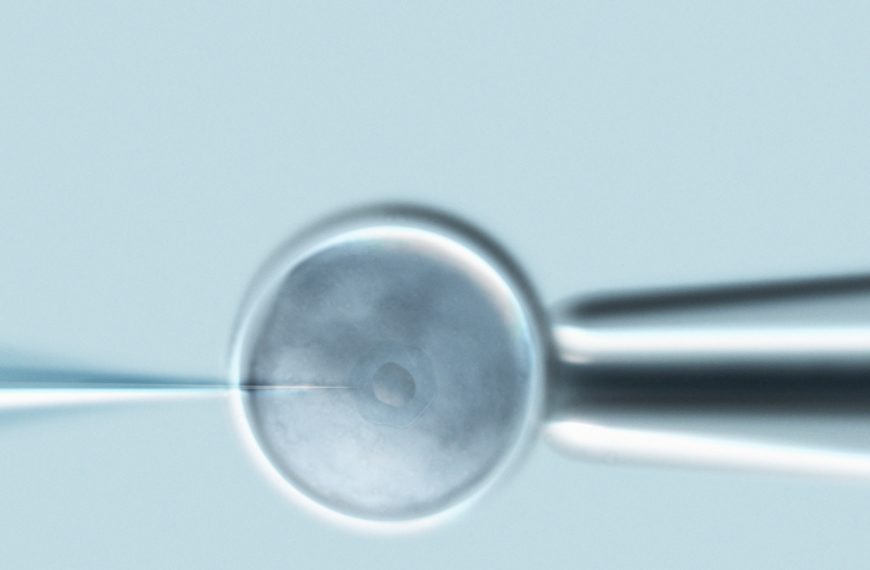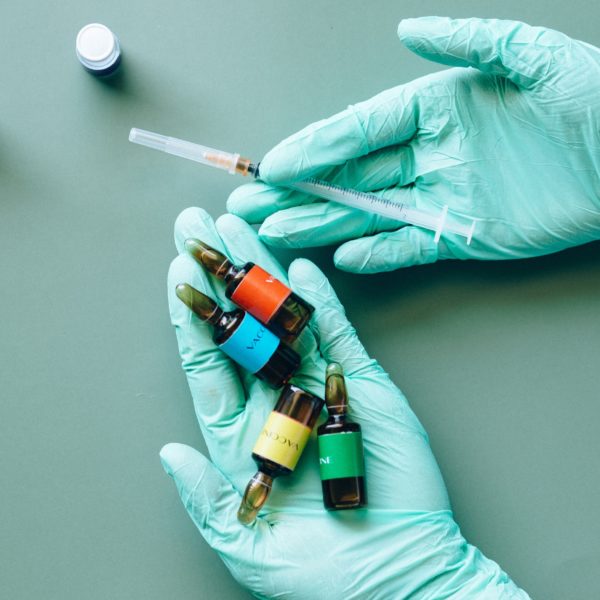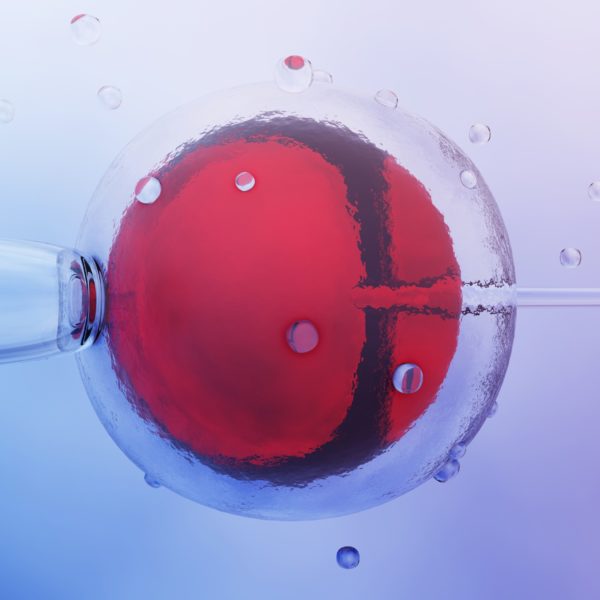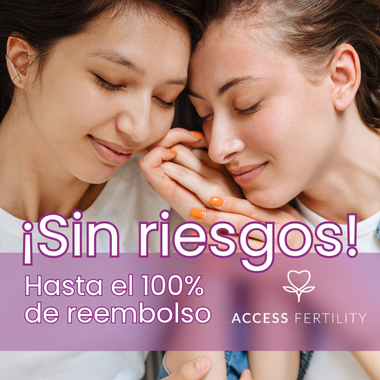Embryo transfer is one of the final steps in in vitro fertilisation (IVF) treatment, whether conventional IVF, ICSI (intracytoplasmic sperm injection) or donated gametes. This process involves placing the fertilised embryos in the woman’s uterus in the hope that they will implant and result in pregnancy.
In this article, we explain when and how embryo transfer is performed, what factors influence the success of the procedure, and recommendations for this crucial process of assisted reproduction.
Table of contents
1. What is embryo transfer?
Embryo transfer is a procedure that involves placing one or more fertilised embryos into a woman’s uterus. This process is performed so that the embryo implants and results in pregnancy.
It is a simple and painless procedure that does not require anaesthesia and is performed using a thin cannula, which is inserted into the uterus through the vagina. Although it is a minimally invasive procedure, it is crucial to the success of IVF treatment.
2. When is the transfer performed?
The embryo transfer is performed at the optimal time, which depends on several factors such as the quality of the embryos, the receptivity of the endometrium and the previous results of the treatment. It is usually carried out:
- On day 3 (when the embryo is in the early embryonic stage).
- On day 5 (when the embryo has reached the blastocyst stage).
Day 5 is preferred at our centre, as embryos that reach this stage have a higher implantation rate.
2.1 Types of embryo transfer
There are two types of embryo transfer:
- Fresh transfer: The embryos are transferred in the same cycle in which they were created, without being frozen.
- Deferred transfer (cryotransfer): The embryos are frozen and transferred in a later cycle.
3. Embryo transfer step by step
The procedure for embryo transfer includes the following steps:
- Preparation of the field: A sterile speculum is placed in the vagina and cleaned with saline solution.
- Loading the embryos: The selected embryos are loaded into the transfer cannula.
- Transfer: The cannula is carefully inserted through the cervix into the uterus, where the embryos are deposited.
- Confirmation: It is ensured that the embryos do not remain in the cannula and it is carefully removed.
- Rest for 10 minutes: After the transfer, the patient can rest in the clinic for a short period before returning home.
3.1 Medication for embryo transfer
- Natural cycle: The woman prepares naturally without hormonal medication or with a minimal dose.
- Artificial cycle: Hormonal medication (oestrogen and progesterone) is administered to prepare the endometrium and optimise the chances of implantation.
4. Advice for embryo transfer
4.1 Before the transfer:
- Go with a full bladder: This makes it easier to insert the catheter.
- Relax: Avoid tensing your muscles and breathe deeply.
- Do not use perfumes or creams: These products can interfere with the process.
4.2 After the transfer:
- Rest for 10 minutes at the clinic.
- Return home and carry on with your normal life, avoiding excessive physical exertion.
- Do not have sexual intercourse until the pregnancy test.
5. Cancelling the embryo transfer
The transfer may be cancelled for several reasons, such as:
- Failure of fertilisation: No egg has been fertilised.
- Stopping of embryonic development: The embryo is not developing properly.
- Problems with the endometrium: If the endometrium is not ready for implantation, the embryos are frozen and transferred in a later cycle.
6. Quality and origin of the embryos
The quality of the embryos directly influences the success rates of the transfer. Embryos are classified into 4 categories:
- Grade A: High quality.
- Grade B: Good quality.
- Grade C: Intermediate quality.
- Grade D: Low quality.
When using donor eggs, the embryos tend to be of high quality.
7. How many embryos should be transferred?
In the UK, up to three embryos can be transferred, but it is more common to transfer one or two. This helps to reduce the risk of multiple pregnancies, which can cause complications for the mother and babies.
The decision on how many embryos to transfer depends on:
- The age of the patient.
- The quality of the embryos.
- The preferences of the patient.
8. Price of frozen embryo transfer
Frozen embryo transfer is a less expensive option than full IVF, as it does not require ovarian stimulation or follicular puncture.
👉 At Rainbow Fertility, we offer transparent prices, personalised care and affordable financing options.
Check out the updated prices for our assisted reproduction treatments here
9. Frequently asked questions about embryo transfer
Is it normal for an embryo transfer to take place without any symptoms?
Yes, some women do not experience symptoms after the transfer. The absence of symptoms does not indicate the success or failure of the treatment.
What are the advantages of transferring on day 5 rather than day 3?
Embryos cultivated until day 5 have a higher implantation capacity due to their advanced development.
Can I exercise after the transfer?
It is advisable to avoid strenuous exercise until you have taken a pregnancy test.
Do you have any questions?
At Rainbow Fertility, we specialise in treatments such as egg donation, in vitro fertilisation and artificial insemination, among others.
10. Authors and contributors
This article was written by the medical team specialising in fertility at RainbowFertilityBarcelona.com, which is made up of gynaecologists, embryologists and assisted reproduction specialists.
Do you have any questions or need more information?
Schedule a consultation with us at Rainbow Fertility and discover how we can help you. At Rainbow Fertility, we specialise in treatments such as egg donation, in vitro fertilisation and artificial insemination, among others.
Please do not hesitate to contact our professionals at our fertility clinic and they will answer all your questions without obligation.
🌈 Are you ready to take the first step?
At Rainbow Fertility, we accompany you throughout the process with empathy, experience and medical commitment.
Schedule your appointment with us and start your journey towards fertility.















